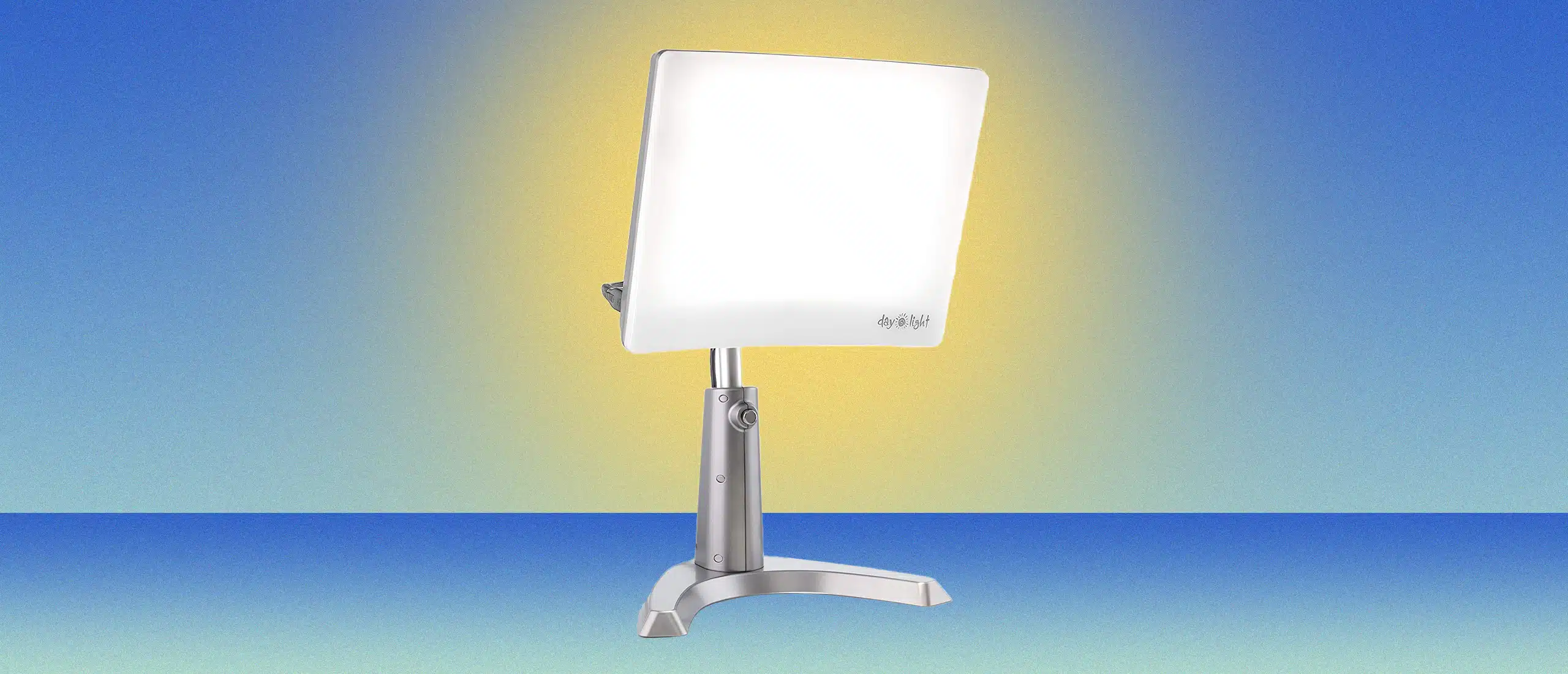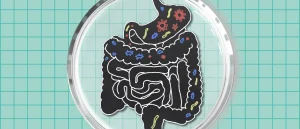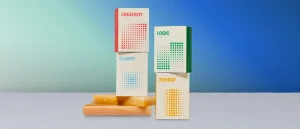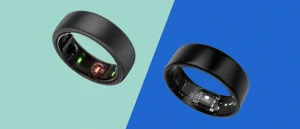Bryan Johnson Wakes Up Before the Sun, So He Bought a Replacement Off Amazon
Love him or find him to be a super scary vampire, Bryan Johnson’s mission—and methods—to reverse aging is anything but dull. The longevity-obsessed billionaire takes an obscene number of supplements, subjects himself to nearly every futuristic age-defying treatment we’re aware of, and has swapped blood plasma with the young.
So when it’s revealed that a man who is more poked, prodded, and studied than perhaps any in history includes a relatively affordable Amazon buy in his daily routine, it’s worth looking into.
In a recent post on Instagram, Johnson shared that he uses a light therapy lamp for a few minutes every morning for “[improved] mood, sleep and energy.” He even shared the specific lamp (it’ll run you just over $100). But is this half-baked science or a legitimate way to improve your morning routine? Here’s what you need to know.
What Is Light Therapy?
Broadly, light therapy is the use of light—natural or from specific light therapy lamps—as an antidepressant of sorts. It is well-documented that light therapy can be a useful non-pharmaceutical intervention in the treatment of some depressive disorders, perhaps most notably seasonal depression, or seasonal affective disorder (SAD) (1).
Functionally, light therapy is pretty simple. A person is meant to gaze into a 10,000 LUX light source for anywhere from 15 to 40 minutes (though 30 minutes is the most common prescription) a day.
Johnson’s light source of choice is a 12-inch, 10,000 LUX lamp that looks a bit like a computer monitor. It’s fairly typical as light therapy lamps go, which is slightly surprising given we’re talking about a billionaire who has access to literally all consumer technology imaginable.
Why Light Therapy?
While there are a number of competing theories explaining why light therapy works, it is widely accepted that it does indeed work—perhaps especially for those who live in places with longer, darker fall and winter seasons.
But Johnson’s brief Instagram caption doesn’t mention the word “depression” or any other depressive disorders; so why is he staring into a fancy lamp for five minutes every morning?
Studies have shown that, when the days shorten, it can help a person get better sleep and, as a result, feel more energetic. This is achieved by correcting circadian dysregulation, which is fancy way of saying it evens out what your body perceives as wake up and fall asleep times.
Should Everyone Try Light Therapy?
Light therapy should be fairly straightforward and, at worst, a net neutral change for most people. But, as outlined in a story in New York Magazine, if you suffer from bipolar disorder or clinical depression, it’s better to discuss light therapy with a professional before diving head first into it. Without proper supervision, light therapy may exacerbate the symptoms of the very depressive disorders you’re trying to combat. Interested in light therapy and its potential benefits? The Center for Environmental Therapeutics (CET) is a great place to start your research.









